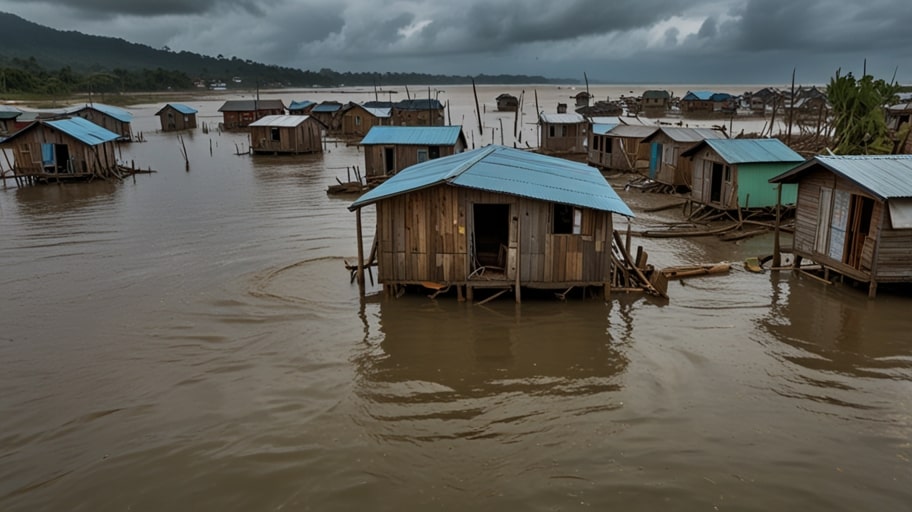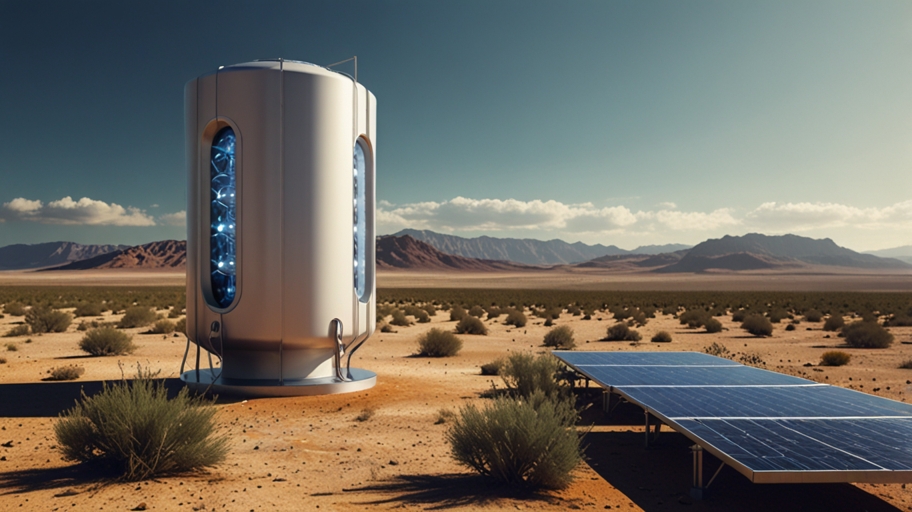The climate crisis is reshaping weather patterns across the globe, leading to more frequent and intense extreme weather events. These shifts are no longer distant predictions but present realities affecting millions of people, ecosystems, and economies. The underlying cause is the rapid increase in greenhouse gas emissions from human activities, which trap heat in the atmosphere and disrupt the natural balance of the Earth’s climate system.
Rising Temperatures and Heatwaves
One of the most visible consequences of the climate crisis is the rise in global temperatures. Heatwaves have become more frequent, longer-lasting, and more severe. Regions that once experienced moderate summers now face scorching temperatures that can exceed 40°C or even 50°C. These extreme heat events pose serious health risks, especially to vulnerable populations such as the elderly, children, and those with pre-existing medical conditions. The increased heat also strains energy systems as demand for cooling rises and can lead to crop failures, threatening food security.
Intensified Rainfall and Flooding
Warmer air holds more moisture, which means that when it rains, it often pours. This intensification of the water cycle has led to heavier and more frequent rainfall events in many parts of the world. The consequences include devastating floods that destroy homes, infrastructure, and farmland. Floodwaters can also contaminate drinking water supplies, increasing the risk of disease outbreaks. In some regions, the rapid alternation between heavy rains and dry spells creates unstable conditions for agriculture and natural ecosystems.
Prolonged Droughts and Wildfires
While some areas experience increased rainfall, others are suffering from prolonged droughts. These dry periods reduce water availability for drinking, irrigation, and industry, exacerbating competition for scarce resources. Drought conditions also dry out vegetation, creating ideal fuel for wildfires. In recent years, wildfires have grown larger and more destructive, destroying vast forested areas, releasing massive amounts of carbon dioxide, and threatening communities. The combination of heatwaves and droughts creates a dangerous feedback loop that intensifies fire seasons.








Leave a Reply